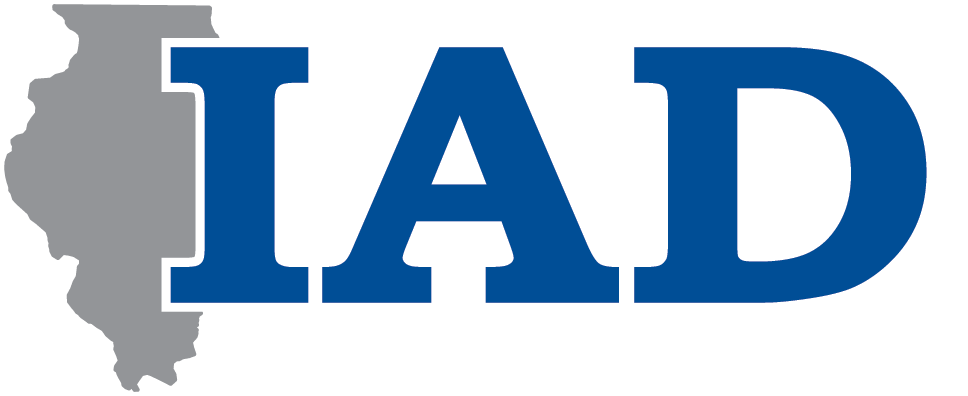All deaf and hard of hearing children should be given the opportunity to acquire American Sign Language (ASL) in addition to the opportunity to access and acquire written and spoken language(s) through the use of assistive technologies and other strategies. Preparing deaf and hard of hearing children to achieve optimal linguistic fluency in both ASL and English contribute to healthy development of identity and self-esteem, as well as enable them to later engage in meaningful adult discourse as fully participating, contributing, and productive members of American society.
As is the case with standardized spoken, written and signed languages worldwide, ASL meets the full criteria of linguistics: phonology, morphology, syntax and semantics. ASL is a fully accessible, developed visual language and a support for the development of English and reinforcement for literacy in education of deaf and hard of hearing individuals. ASL is distinct from English, a linear, sequential language based on auditory processes.
Illinois Association of the Deaf (IAD) is strongly committed to ensuring parents of deaf and hard of hearing children receive accurate information about the benefits of acquiring and developing proficiency in ASL and English. IAD also firmly stands by the National Association of the Deaf (NAD) in supporting bilingualism – the use of ASL and English – with deaf and hard of hearing [1] infants, children, youth and adults in the home and educational environments [2].
Regardless of setting, successful ASL and English Bilingual Education for deaf individuals age three (3) through twenty-one (21) require the following specific elements be present:
- An Environment that treats ASL and English equally in instruction, and respects and honors the various beliefs, behaviors, and values present in both deaf and hearing communities.
- School Leaders Exemplifying Respect for ASL and the deaf Community, regardless of whether or not they are involved directly in the education of deaf and hard of hearing students.
- A Clearly Articulated Philosophy defining ASL and English Bilingual Education, and shared with families, school staff and faculty, and throughout the community.
- Skilled and Knowledgeable Teachers and Staff who are proficient and knowledgeable in the areas of: language development, the linguistics of ASL, and the use of ASL and English bilingual educational strategies.
- Defined Allocation of Language Use that clarifies how and when ASL and spoken and/or written English are used for social and academic purposes in school and at home, with the goal of developing “dynamic bilingualism” competencies [3].
- Supportive Resources such as: diverse, trained teachers and staff; adult and peer language models; deaf professionals and paraprofessionals; materials such as curriculum, books, media, and software; and a physical environment that meets the sensory needs of the students.
- Family and Community Education that provides on-going dialogue and strategies to support bilingual development such as family ASL and English workshops, appropriate materials, and mentors.
- Individualized Educational Planning for Each Student that includes the student’s profile and age-appropriate goals based on formal and informal assessment, as well as documentation of the child’s ongoing development and use of ASL and English for communication, learning, and critical thinking skills.
- Literacy Assessment and Accountability in which schools should provide appropriate language learning opportunities and be held accountable for deaf and hard of hearing children reaching age appropriate literacy milestones and at a rate comparable to that of his or her hearing peers.
- Deaf Professionals in Leadership Roles who are able to make strategic decisions impacting the education of deaf and hard of hearing students while also allowing deaf and hard of hearing children to visualize a positive future for themselves, as well as giving children a positive perspective on what they are capable of achieving.
- Opportunities for Direct Communications with peers and professional personnel in the child’s language and communication mode.
- All decision-making processes are fully accessible to all involved, including parents and guardians.
—
Resources/References
Garcia, O. (2009). Bilingual education in the 21st century: A global perspective. Malden, MA: Blackwell Publishing.
[1] The term “deaf and hard of hearing” encompasses children with multiple identities, unilateral hearing levels (hearing in only one ear), DeafBlind children and DeafPlus children (deaf children with additional disabilities) including deaf children with cerebral palsy.
[2] The word “environment” includes any place an infant, child, youth or adult receives education among which are (but not limited to): early intervention programs, homes, schools for the deaf, public schools/programs, and home-schooling.
[3] “Dynamic bilingualism competencies” (as presented by premier international authors and researchers on bilingual education) are the skills and abilities that demonstrate the acceptance and use of two or more languages by a child, separately but not segregated and with equal respect for each language.
—
Adopted October 11, 2015 by the Illinois Association of the Deaf Executive Board with great appreciation to the 2015-2017 Education Strategy Team and Legislative Committee.



